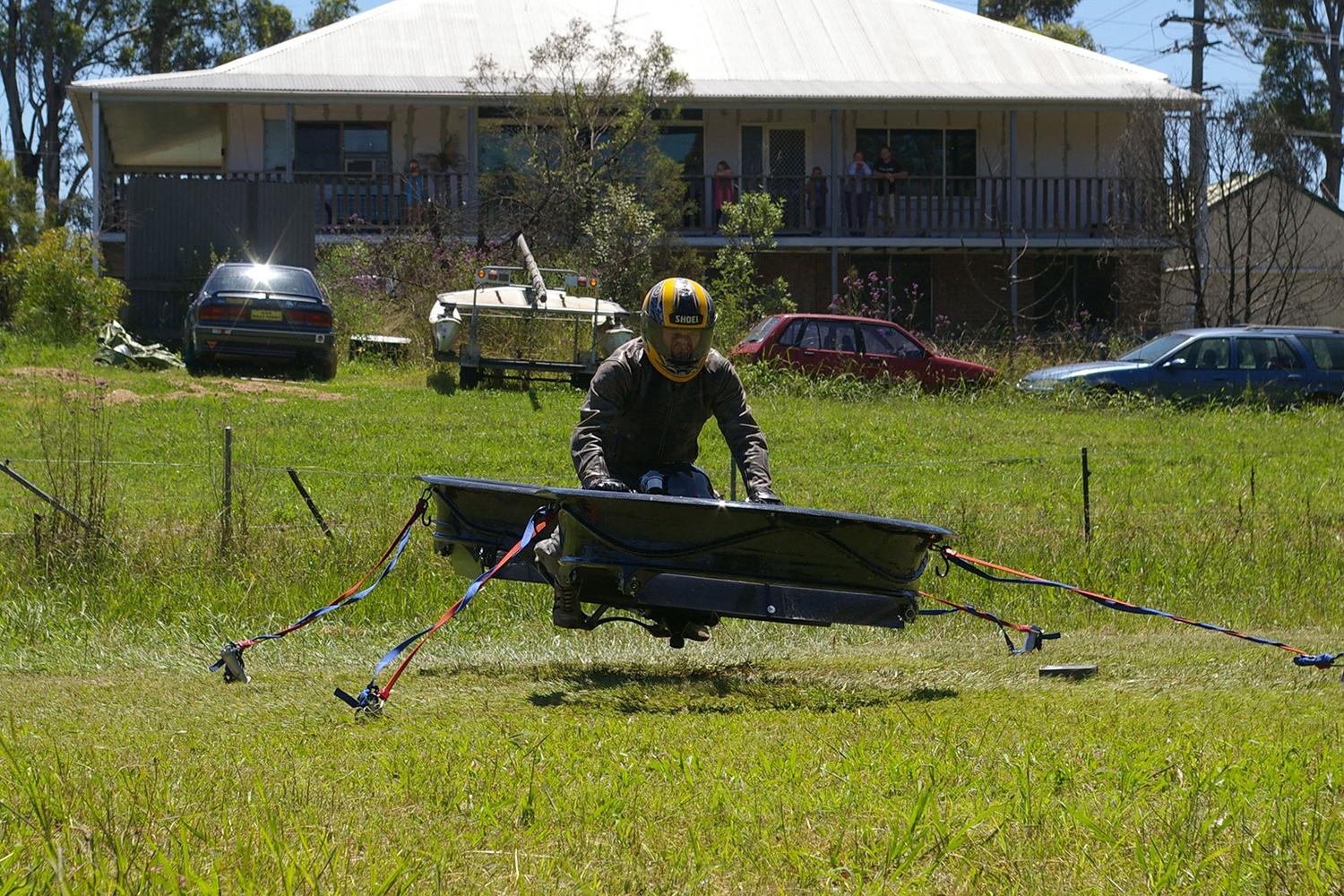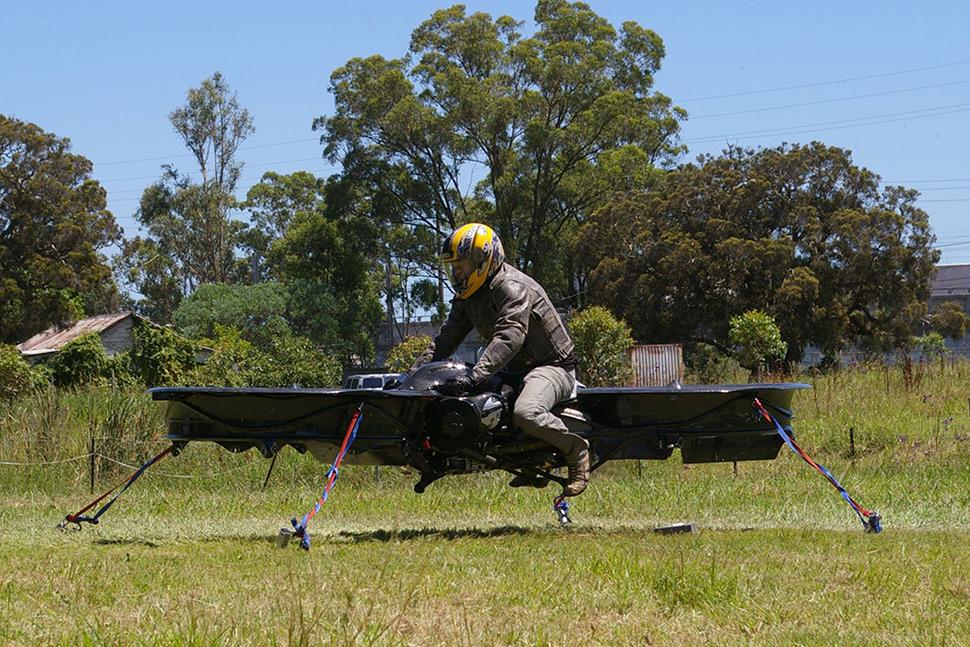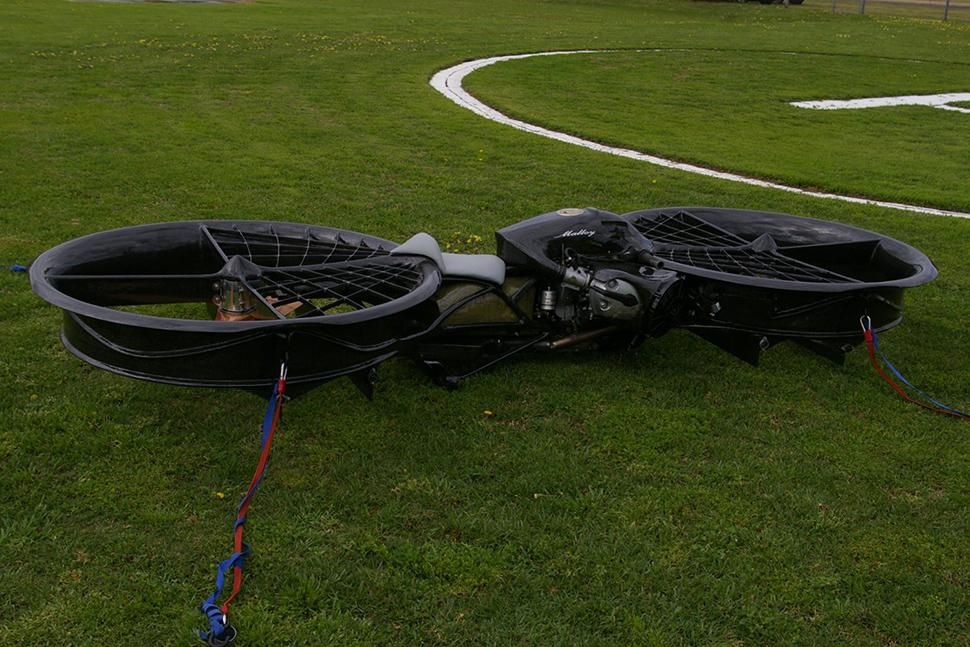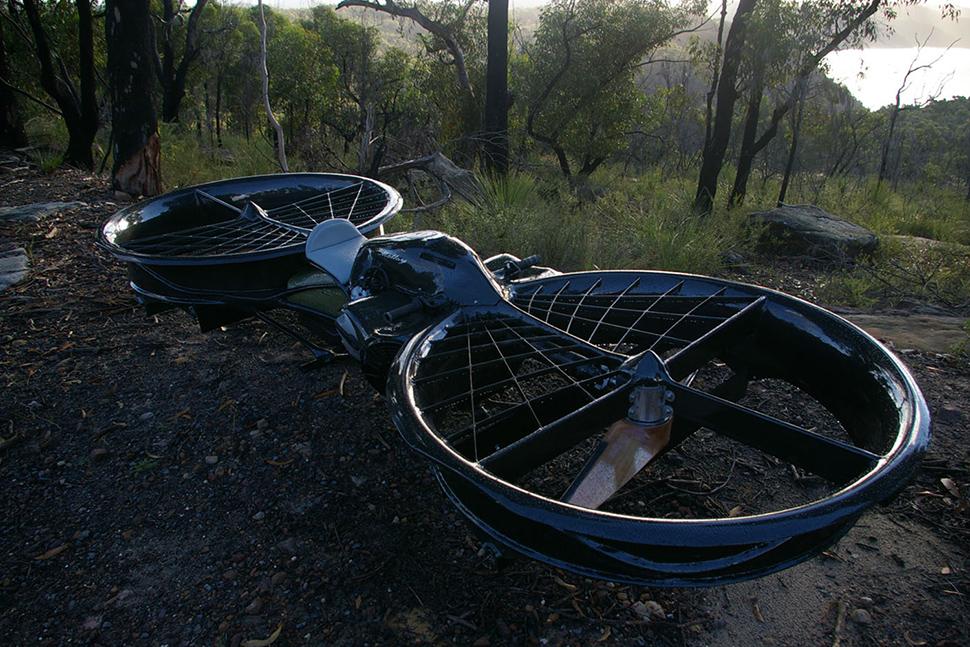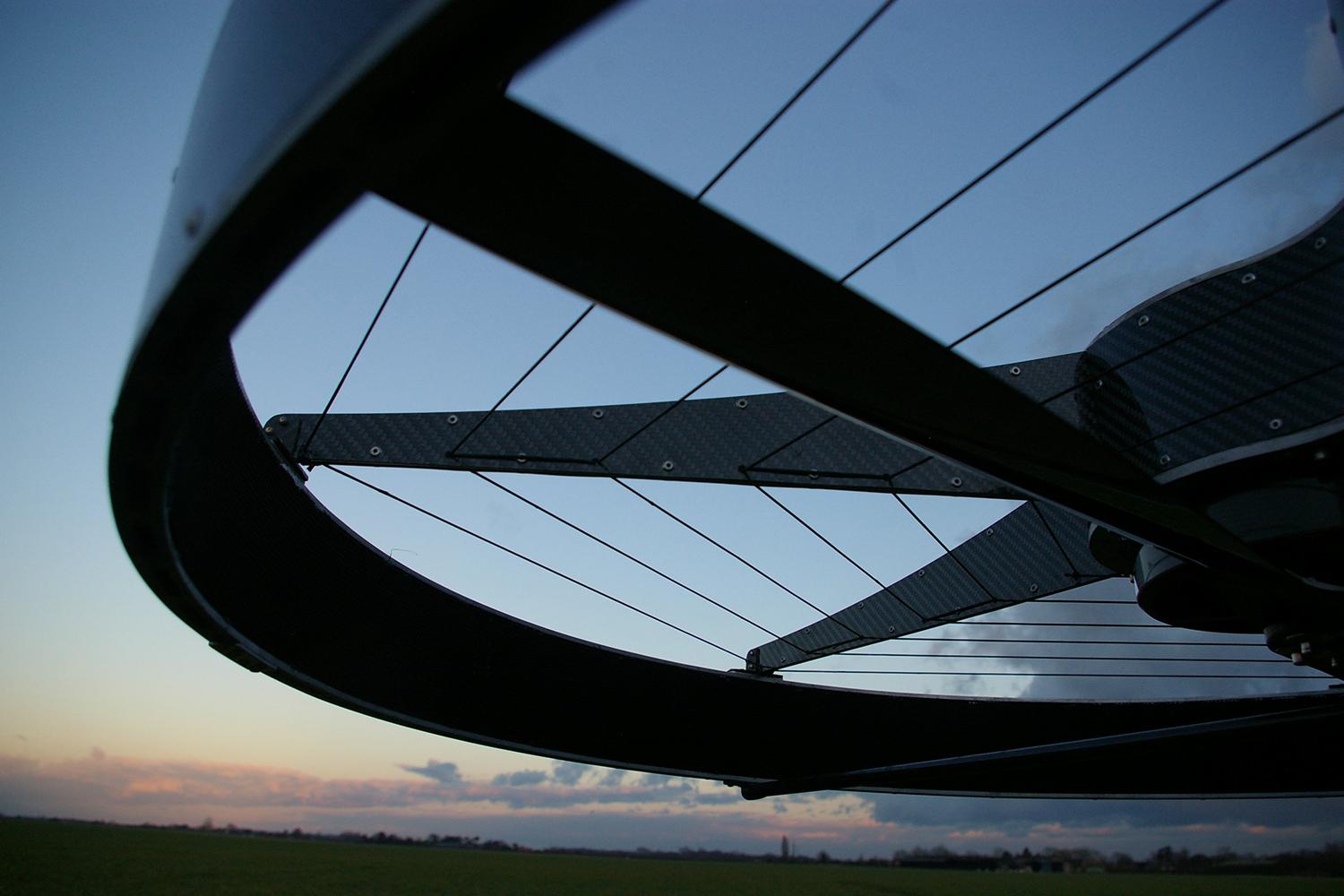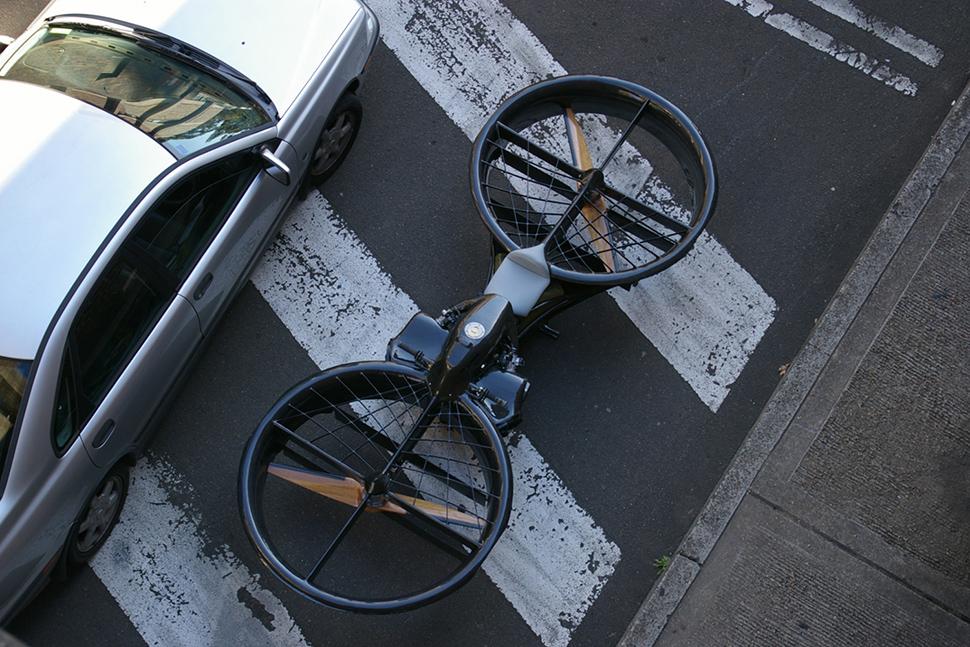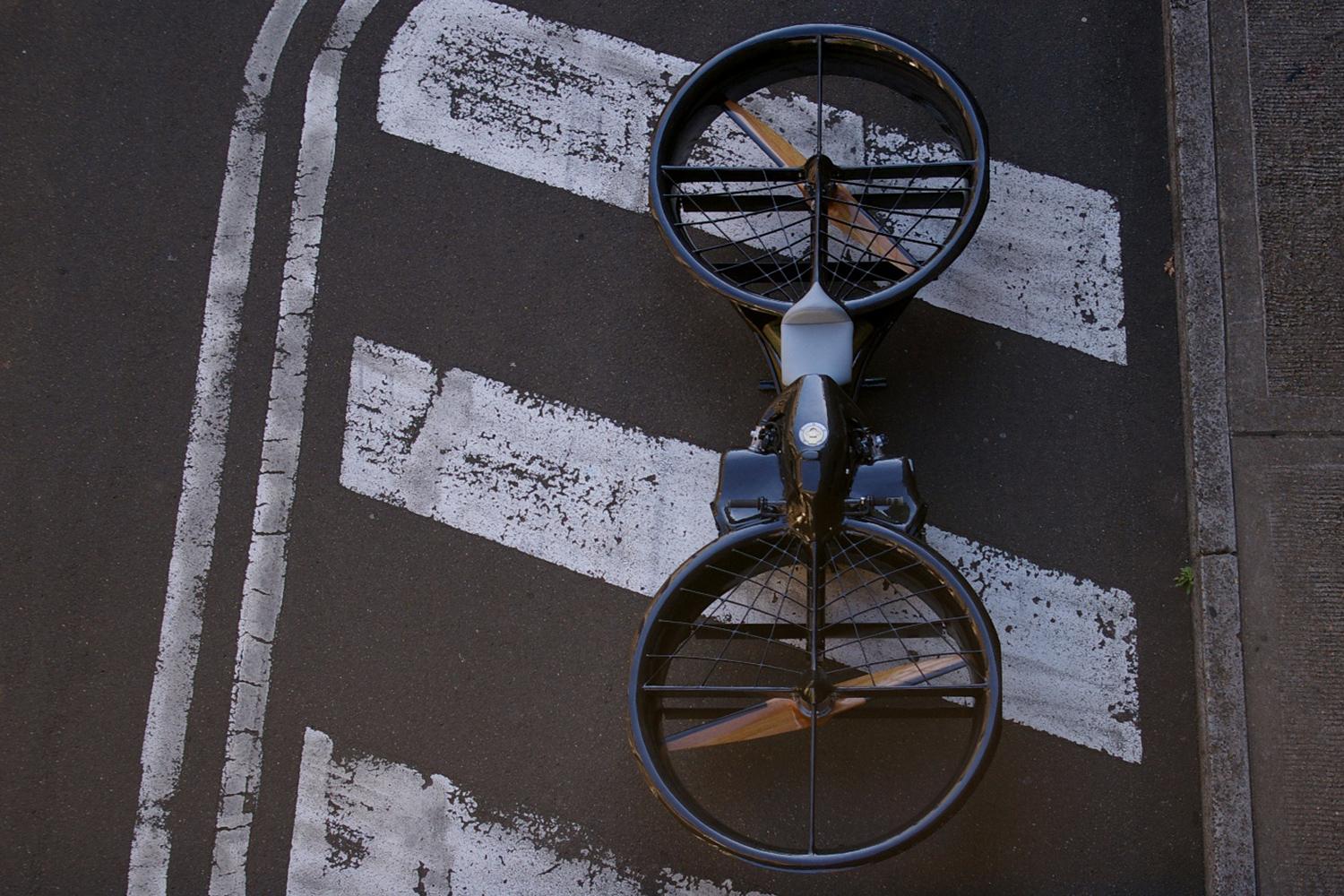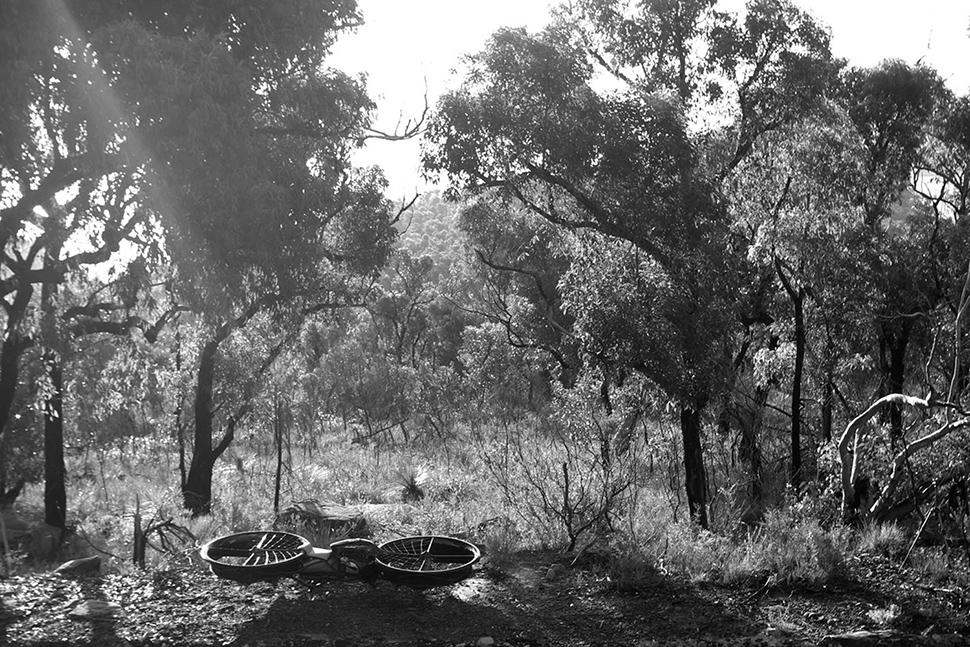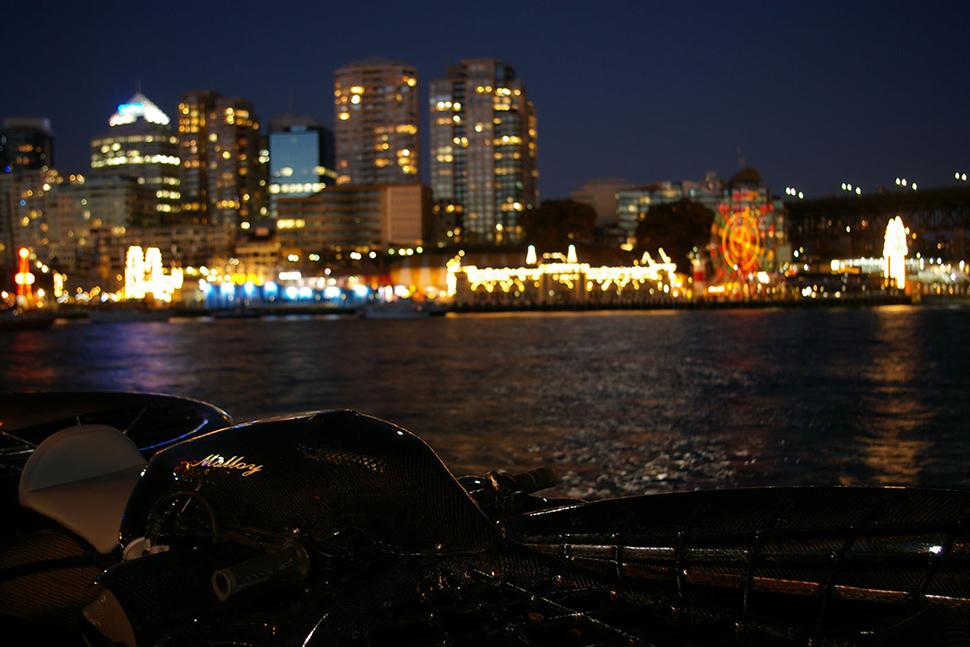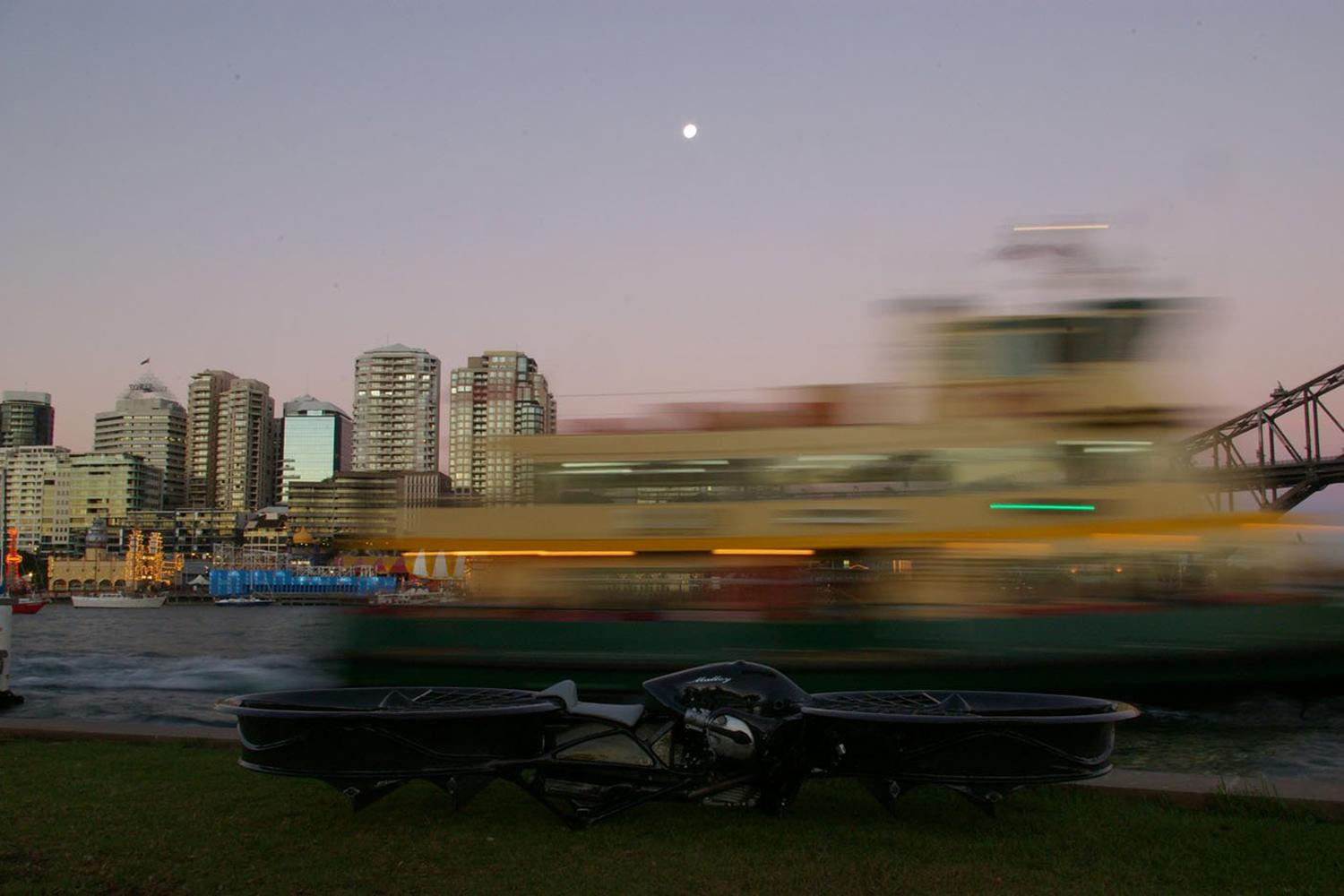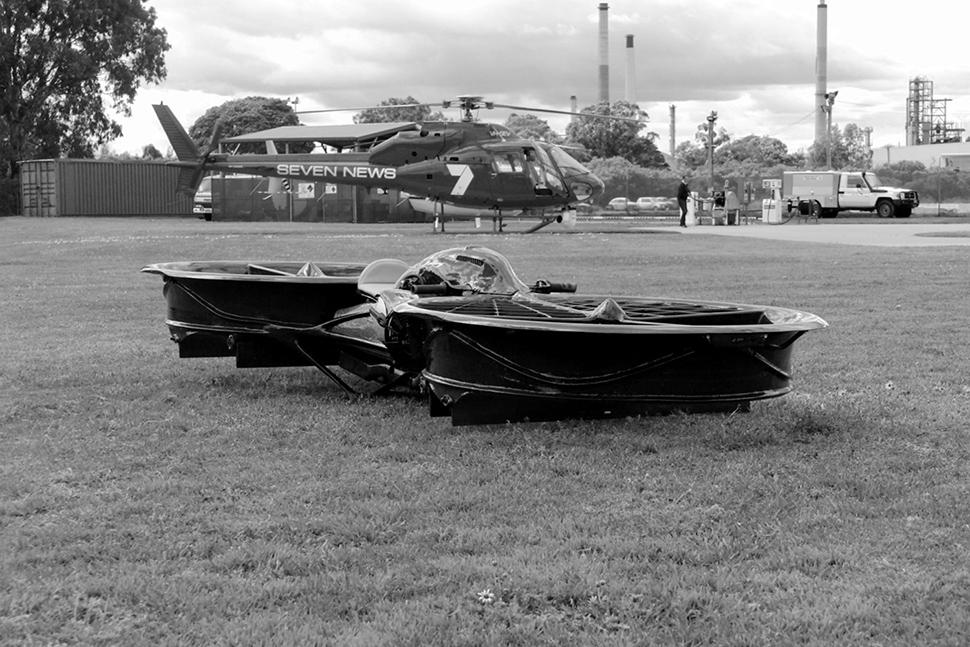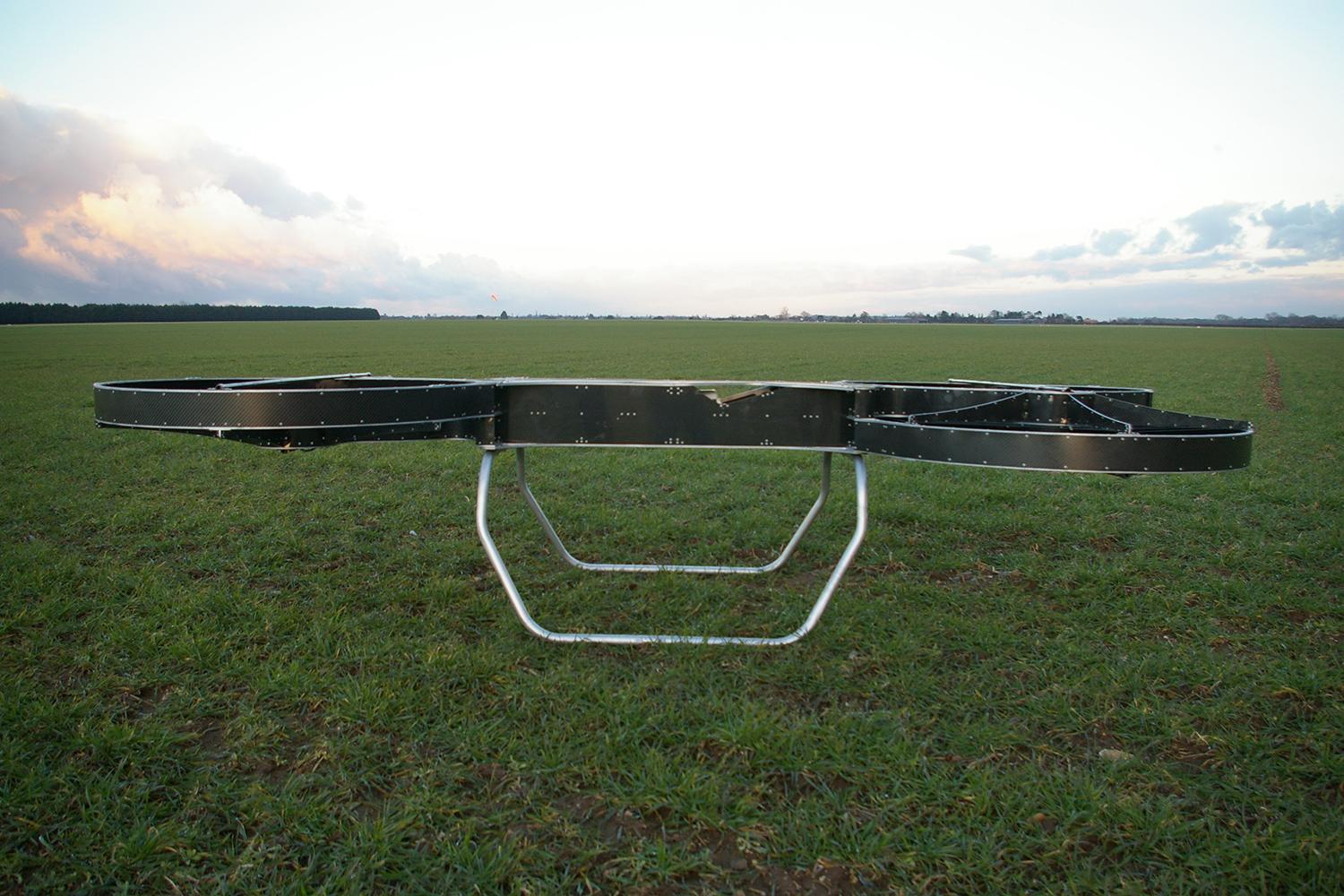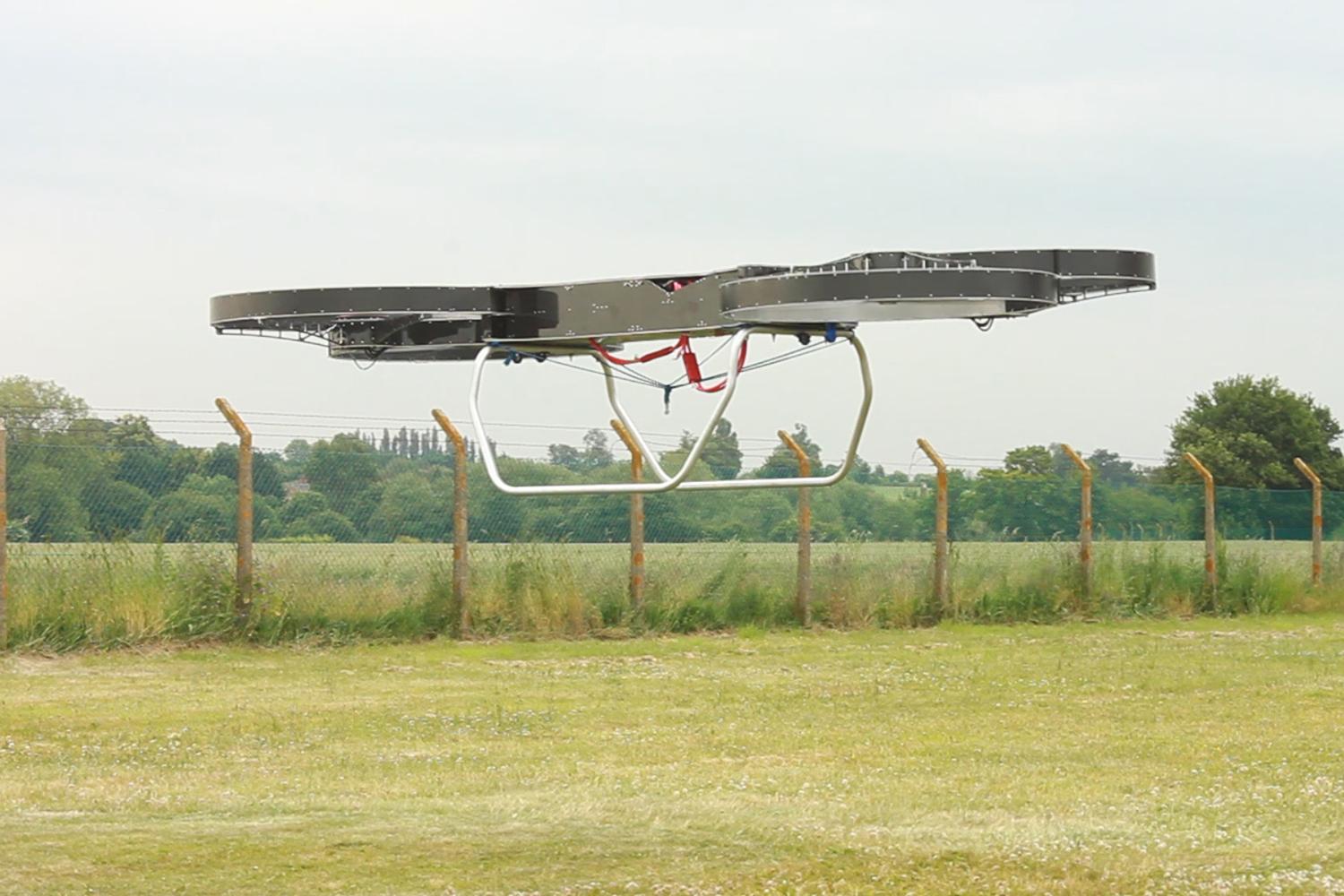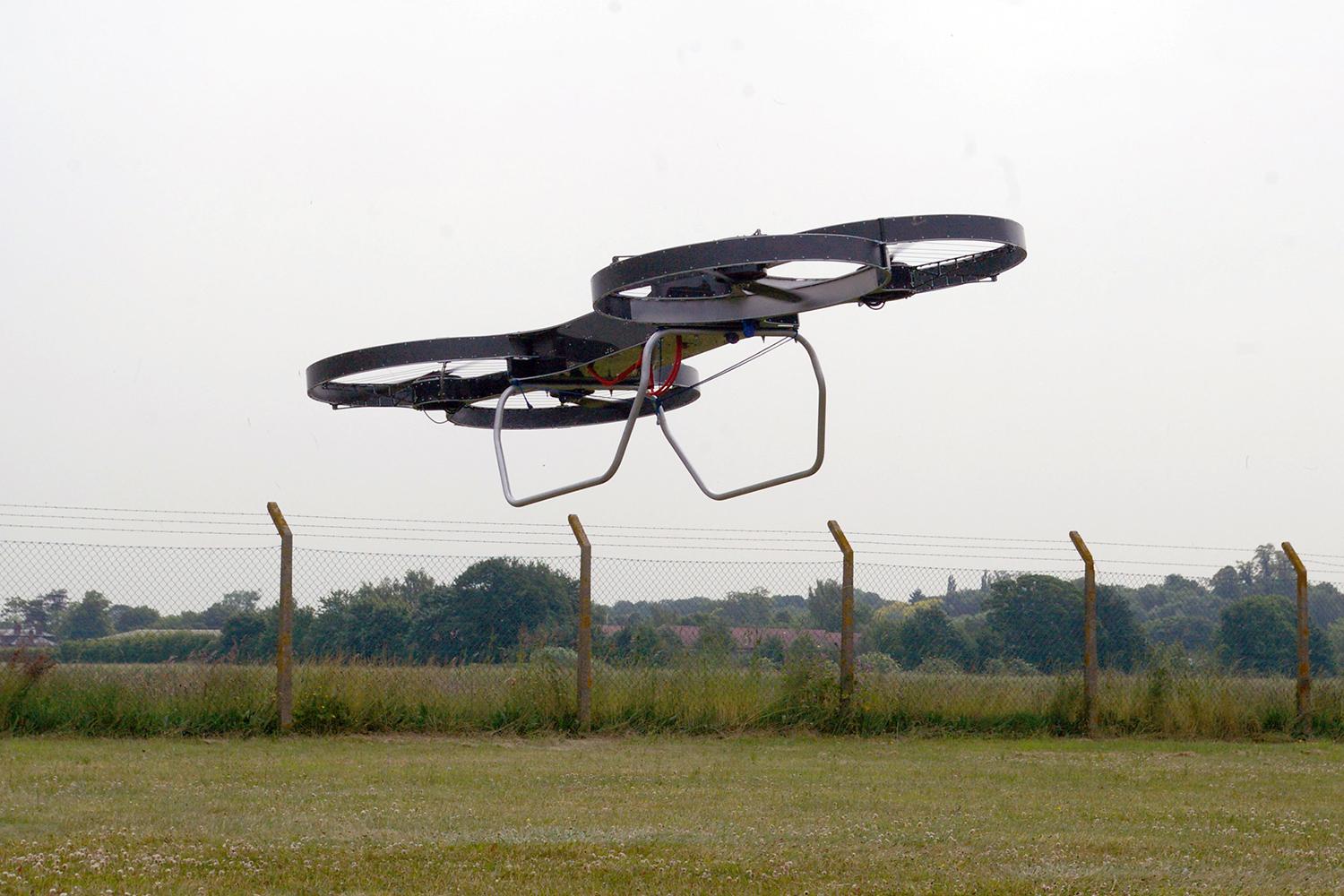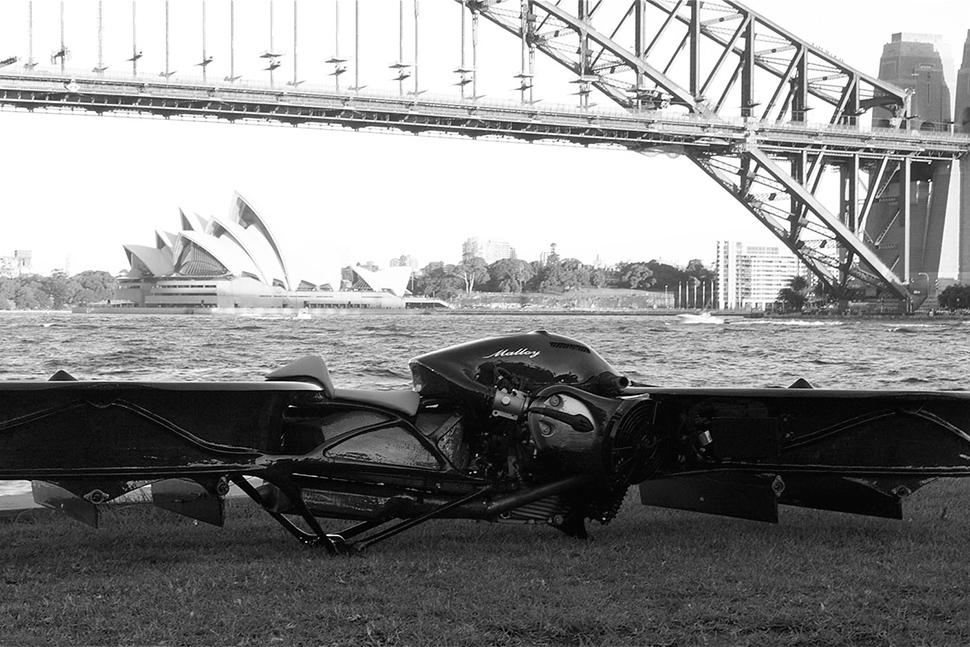Are you picturing Storm Troopers flying on Hoverbikes while humming the Star Wars theme? Well, that scenario may not be as far off as you think, just without the Star Wars part.
The U.S. Department of Defense liked the Hoverbike so much that it decided it wants to use the technology. At the Paris Air Show (where the Hoverbike was on display), Malloy Aeronautics, the U.S. Army Research Lab, and SURVICE Engineering Co. announced that they have teamed up to embark on the future of military aviation.
Together, the teams will develop a Hoverbike to serve as a new class of Tactical Reconnaissance Vehicles (TRVs). Relatively low-cost compared to other military vehicles, the Hoverbike can do a lot more: fly with or without a pilot, carry payloads, and maneuver through tough spaces. Added bonus: The aerial vehicle is only about 10-by-four feet, so it conveniently folds up.
The D.O.D. is also looking at the vehicle because it’s multi-functional and can support many roles. Not only can troops use it to get over hard-to-traverse terrain, the bike can also transport supplies, according to Reuters.
Malloy Aeronautics set up shop in Maryland to complete the work on the Hoverbike, since the location is right near the Army Research Lab and major players at the D.O.D. Check out the Hoverbike test flight video below to get an idea of how the government will make it work for the military and, likely, non-star wars.
